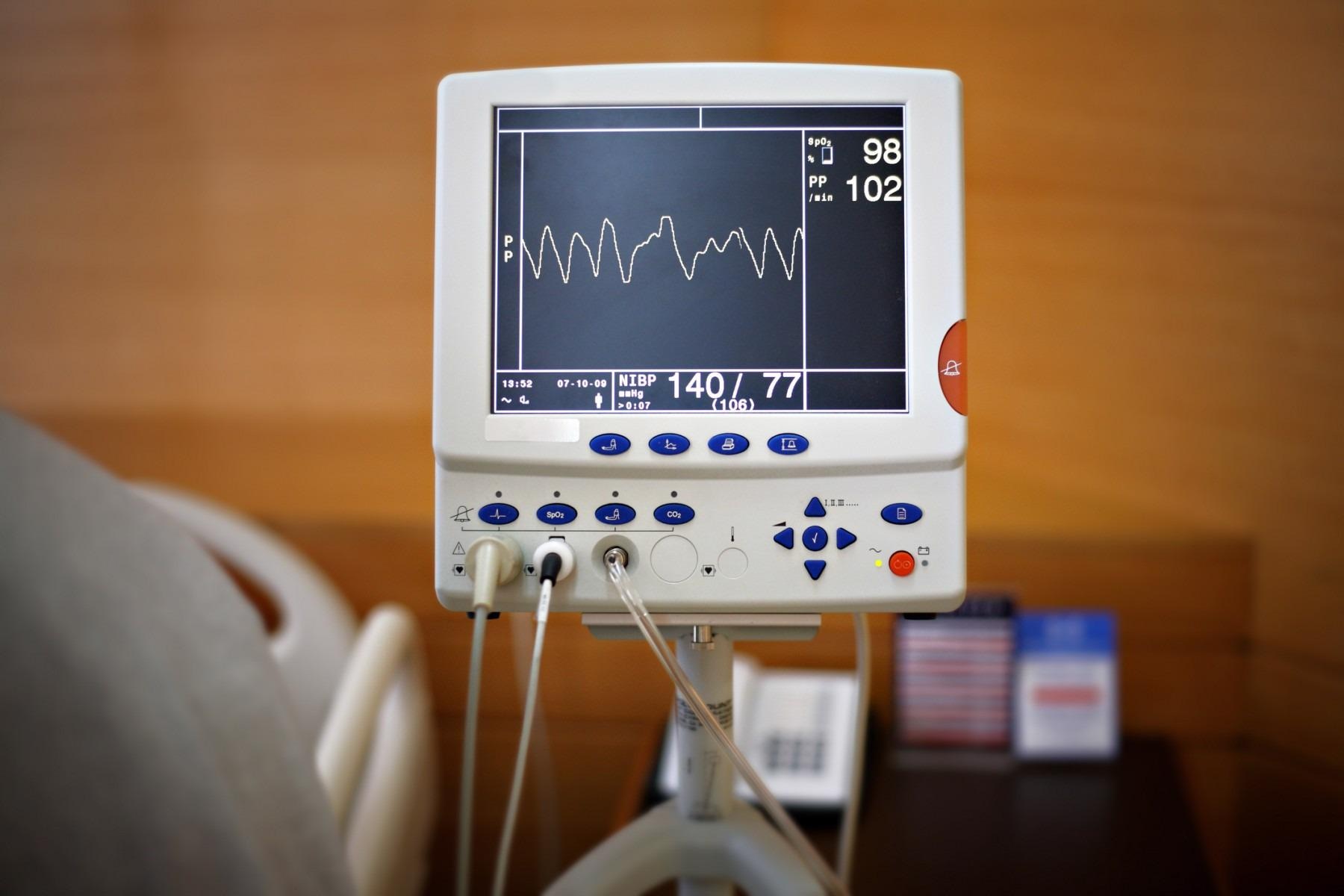Cedars-Sinai researchers have developed an AI-enabled tool that could help predict whether or not a person will have a heart attack.
 Cedars-Sinai researchers are creating an artificial intelligence tool that may help predict heart attacks. Image Credit: Getty.
Cedars-Sinai researchers are creating an artificial intelligence tool that may help predict heart attacks. Image Credit: Getty.
Depending on the amount and composition of plaque in arteries that supply blood to the heart, the tool precisely predicted which patients would have a heart attack in five years. The study was published in The Lancet Digital Health journal.
Plaque buildup can narrow arteries, making it difficult for blood to reach the heart and elevating the risk of a heart attack. A coronary computed tomography angiography (CTA) is a medical test that takes 3D images of the heart and arteries and can tell doctors how much a patient’s arteries have narrowed. There has not been an automated, simple or quick method to quantify the plaque visible in CTA images until now.
Coronary plaque is often not measured because there is not a fully automated way to do it. When it is measured, it takes an expert at least 25 to 30 minutes, but now we can use this program to quantify plaque from CTA images in 5 to 6 seconds.
Damini Dey, PhD, Study Senior Author and Director, Quantitative Image Analysis Lab, Biomedical Imaging Research Institute, Cedars-Sinai
Dey and co-workers examined CTA images from 1,196 people who had a coronary CTA at 11 different locations in Germany, Australia, Scotland, the United States, and Japan. The researchers trained the AI algorithm on how to measure plaque by having it learn from 921 coronary CTA images that had already been examined by trained doctors.
The algorithm works by first creating 3D images of the coronary arteries and then recognizing the blood and plaque deposits within them. The tool’s measurements matched the plaque amounts seen in coronary CTAs, according to the researchers.
They also compared images from intravascular ultrasound and catheter-based coronary angiography, two invasive tests that are perceived to be extremely accurate in assessing coronary artery plaque and narrowing.
Eventually, the scientists determined that measurements taken from CTA images by the AI algorithm precisely predicted heart attack risk within five years for 1,611 people who took part in the SCOT-HEART trial, a multicenter trial.
More studies are needed, but it’s possible we may be able to predict if and how soon a person is likely to have a heart attack based on the amount and composition of the plaque imaged with this standard test.
Damini Dey, PhD, Study Senior Author and Director, Quantitative Image Analysis Lab, Biomedical Imaging Research Institute, Cedars-Sinai
Dey is also a professor of Biomedical Sciences at Cedars-Sinai.
Dey and colleagues are still investigating how well their AI algorithm measures plaque deposits in coronary CTA patients.
The National Heart, Lung, and Blood Institute funded the study under award number 1R01HL148787-01A1.
Journal Reference:
Lin, A., et al. (2022) Deep learning-enabled coronary CT angiography for plaque and stenosis quantification and cardiac risk prediction: an international multicentre study. The Lancet Digital Health. doi.org/10.1016/S2589-7500(22)00022-X.